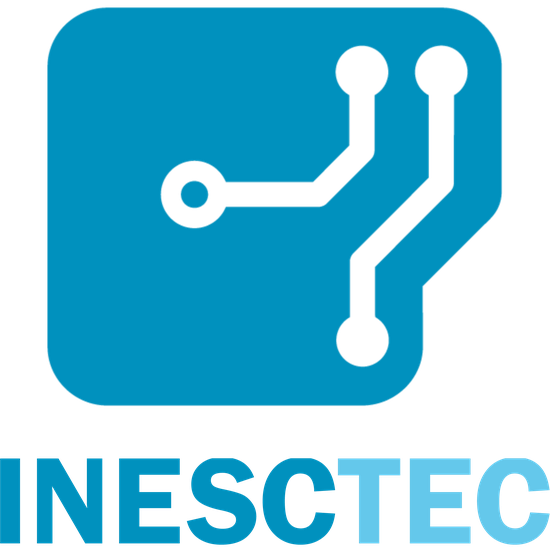Selected Work
Dependable Computing in the Aerospace Sector

In September 2022, I joined the ANTAEUS
project as a member of the On-board Data-Handling (OBDH) team. Our mission is to design and launch a 2U CubeSat to perform scientific measurements in the 100keV - 10MeV energy band and to validate a 2U instrument for future space high-energy astrophysics observatories. The project is led by the University of Coimbra in partnership with the Laboratory of Instrumentation and Experimental Particles Physics (LIP) and the University of Beira Interior and will contribute to developing enhanced instrumentation that should fly in M-class high-astrophysics mission proposals where the UC is participating, as well as in high-energy astrophysics based on a CubeSat constellation.
In October 2023, I became a supervisor of the Porto Space Team student society. In July 2022, I had joined Porto Space Team to lead the
Department of Software and Computer
Engineering, responsible for the Data-Handling in project INVICTUS. The project's goal is to develop a hybrid-propellant (H3 category) rocket for the European Rocketry Challenge (EuRoC 2023), with an apogee of 3000 meters and a safe landing on the ground via a parachute recovery system.
Lead developer of GNU social - The free software social networking platform

I joined GNU social in 2018
as a student supported by Google Summer of Code (GSoC). In 2019, I became the
lead software engineer, having contributed with the development of version 2 and mentored twelve students (three of
which were supported by GSoC (2019,
2020)).
In 2021, I received funding through the European Union's Horizon 2020 research and innovation
programme
under the NGI0 Discovery Fund grant agreement No
825322, during the period 2021-02 to 2022-02, to lead the
development of version 3, which features a high
degree of accessibility, customisation and expansion
via plugins. This fund is an European Commission initiative that aims to shape the development
and
evolution of the Internet into an Internet of Humans.
https://www.gnusocial.rocks/
Internship at Centre for Telecommunications and Multimedia, INESC TEC

With the advent of machine learning methods, there has been extensive research in areas such as
human detection, tracking and activity recognition. Inherent to this is the analysis of the
human pose with methods relying on human skeleton models that establish a connection between the
information extracted from the scene and the human body. This information can also be used by
human parametric models to create virtual 3D representations of the human body.
In July 2022, I studied the state of the art of parametric models of humans to perform their
representation in 3D. This required understanding the models, implementing the necessary
infrastructure for their test, and final analysis and comparison.
Robotics Engineer internship at Underwater Systems and Technology Laboratory (LSTS) -
Developing and deploying robotics systems for ocean operations

In 2020, I completed
the FEUP course "Introduction to Robotics for applications in Ocean Observations,
Archaeology, and Ecosystems Mapping" and its final student internship with a Portuguese
Foundation for Science and
Technology BII research grant.
Our interdisciplinary student team further developed a low-cost ASV, designed a docking station
and
started work on a manoeuvre to enable autonomous docking in the LSTS' ToolChain. This manoeuvre
uses a
Vector Field Guidance algorithm to find the optimal trajectory. When closer to the station,
tracks a target
with the camera module.
Honors and Awards
Selected Seminars and Talks
Problem Sets I wrote



